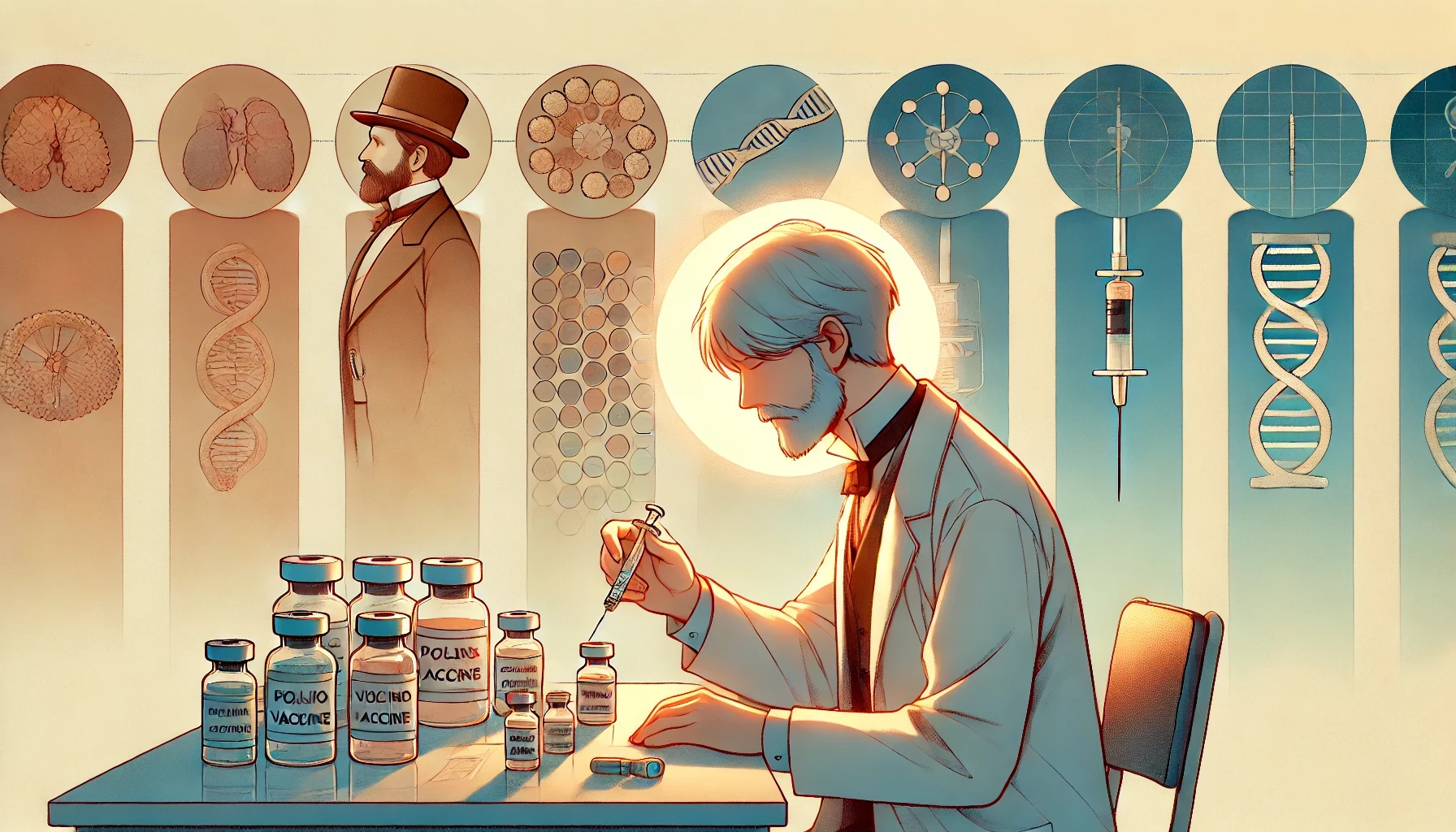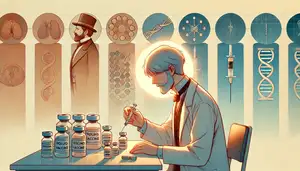
From Smallpox to COVID-19: The Evolution of Vaccine Manufacturing
Vaccines have been one of the most transformative innovations in medicine, saving millions of lives and virtually eradicating deadly diseases. The journey from early crude methods of inoculation to the sophisticated, cutting-edge pharmaceutical manufacturing processes we have today is a fascinating story of innovation, persistence, and scientific breakthroughs. Let’s take a walk down pharmaceutical memory lane and explore the key milestones that have shaped vaccine development and manufacturing.
The First Vaccine: Smallpox and Edward Jenner
The story begins with smallpox, one of the deadliest diseases in human history. In the 18th century, smallpox killed around 400,000 people each year in Europe alone. The idea of inoculation was already practiced in some cultures, but it wasn’t until Edward Jenner, an English physician, developed the first true vaccine in 1796 that a breakthrough occurred. Jenner discovered that exposure to cowpox, a less dangerous disease, provided immunity to smallpox.
Jenner’s method involved transferring material from cowpox sores into small cuts on a healthy person’s arm. This was the birth of the term “vaccine,” derived from “vacca,” the Latin word for cow. While rudimentary by today’s standards, this was the beginning of formal vaccine development.
Pasteur and the Birth of Modern Vaccines
Fast forward to the late 19th century, and the field of microbiology was revolutionized by the work of Louis Pasteur. In 1885, Pasteur created a vaccine for rabies using a weakened form of the virus. This was a significant advancement from Jenner’s work, as Pasteur’s approach introduced the concept of attenuated vaccines, where pathogens are modified to provoke an immune response without causing disease.
Pasteur’s breakthroughs laid the groundwork for modern vaccines, and his techniques are still used in vaccine manufacturing today. His work also led to the establishment of the Pasteur Institute, one of the world’s leading centers for infectious disease research.
The Polio Vaccine: A Victory Over Paralysis
By the mid-20th century, another deadly disease, polio, was wreaking havoc around the world, causing widespread paralysis and death. The introduction of the polio vaccine is one of the greatest triumphs in vaccine history. In the 1950s, Jonas Salk developed an inactivated polio vaccine (IPV), using killed viruses to stimulate immunity.
Salk’s vaccine was followed by Albert Sabin’s oral polio vaccine (OPV) in the 1960s, which used a weakened form of the live virus. Sabin’s oral vaccine was easier to administer and more effective in halting transmission. Together, these vaccines have brought the world to the brink of polio eradication, with cases reduced by over 99% since the late 1980s.
The Industrial Revolution and Mass Vaccine Production
The early vaccines were manufactured on a small scale, but the Industrial Revolution and advancements in pharmaceutical manufacturing in the 19th and 20th centuries enabled the mass production of vaccines. The development of sterile production techniques, refrigeration (for cold chain logistics), and advancements in bioprocessing allowed vaccines to be produced in large quantities and distributed globally.
Pharmaceutical companies like Pfizer, GlaxoSmithKline (GSK), and Merck emerged as leaders in vaccine production, leveraging large-scale manufacturing processes to meet global demand. The creation of bioreactors and cell culture systems enabled the production of vaccines on an unprecedented scale, ensuring that diseases like smallpox and polio could be controlled through mass vaccination programs.
Enter the Age of mRNA Vaccines: A New Era
The COVID-19 pandemic thrust vaccines back into the spotlight, and it brought about another milestone in pharmaceutical manufacturing—the introduction of mRNA vaccines. While mRNA technology had been studied for years, the global urgency of the pandemic accelerated its deployment.
The mRNA vaccines, like those developed by Pfizer-BioNTech and Moderna, work by teaching cells to produce a protein that triggers an immune response. Unlike traditional vaccines, mRNA vaccines don’t use live viruses, making them faster to develop and safer to produce at scale. The manufacturing process is largely cell-free and relies on synthetic biology, which is a game-changer in how quickly vaccines can be produced in the future.
Challenges in Vaccine Manufacturing
Despite these advancements, vaccine manufacturing is still a complex and delicate process. Vaccines need to be produced under strict GMP (Good Manufacturing Practice) conditions, with stringent quality control to ensure safety and efficacy. Vaccines must also be stable and effective, meaning they require careful temperature-controlled storage and transport—a challenge highlighted during the distribution of COVID-19 vaccines.
Additionally, the global demand for vaccines means that pharmaceutical companies are constantly innovating to make manufacturing more efficient. Biotech firms are experimenting with new delivery methods like needle-free vaccines, and there’s growing interest in DNA vaccines, which could further streamline production.
A Look to the Future
The story of vaccine manufacturing is far from over. As we look ahead, innovations in biotechnology will likely continue to reshape the field. The success of mRNA vaccines during the COVID-19 pandemic could pave the way for rapid responses to emerging infectious diseases. Meanwhile, breakthroughs in artificial intelligence (AI) and automation in manufacturing facilities could make vaccine production faster and more scalable.
The ongoing fight against diseases like malaria and HIV reminds us that the need for effective vaccines is as critical as ever. Pharmaceutical companies and researchers are working tirelessly to develop vaccines that target these global health challenges, and with the continued evolution of manufacturing processes, the future looks promising.
Conclusion
Vaccines have come a long way since Edward Jenner’s discovery of the smallpox vaccine in 1796. From the early days of crude inoculation to today’s advanced mRNA vaccines, the history of vaccine manufacturing is a testament to human ingenuity and the relentless pursuit of better healthcare. As we continue to innovate and improve our capabilities, vaccines will remain a cornerstone of global public health, saving lives and protecting future generations.

